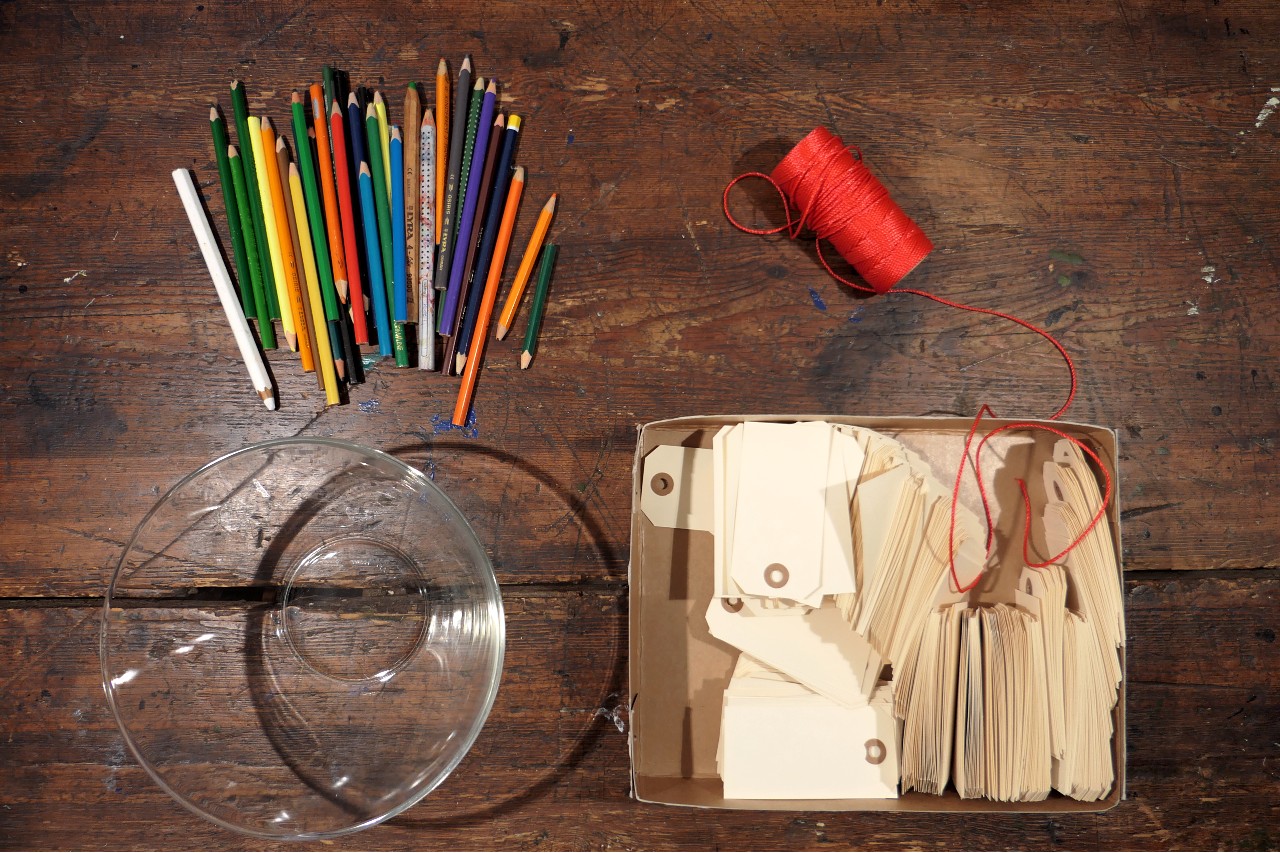
Asking questions to discover new ones
It is not always easy to ask the right questions and to understand other people’s perspectives. This exercise puts a focus on asking questions instead of trying to find answers. Furthermore, it also shines a light on how taking on other people’s questions might bring us to reflections we wouldn’t have opened for on our own. This exercise is for groups of professionals participating in your project – e.g. artists, pedagogues, teachers, psychologists. The exercise works the best if you are different professions doing it together.
You need:
- An even number of participants – at least 6 and as big as you want
- Labels – we use the Manilla labels with a hole for hanging up
- Markers to write with
- Bowl
- Cord
The exercise consists of three rounds:
Round 1
- Give your participants a Manilla label and something to write with. Ask them to each write down something that they have been wondering about lately. It doesn’t have to be something related to their personal profession. It could be somethings as concrete as “why is the sky blue?” or as open as “what is the meaning of life?”. Its not important what they ask but that they start thinking in questions.
- Everyone puts their questions in a bowl. Now the participants need to partner op two and two. Go around and make each participant draw a random question from the bowl. If they draw their own, they have to put it back.
- Question rounds: The participants now have two rounds of 2 min to ask the question they drew to the partner. It is 2 min per round. One person asks the question out loud and the other one reflects upon it. You are allowed to discuss the question with each other.
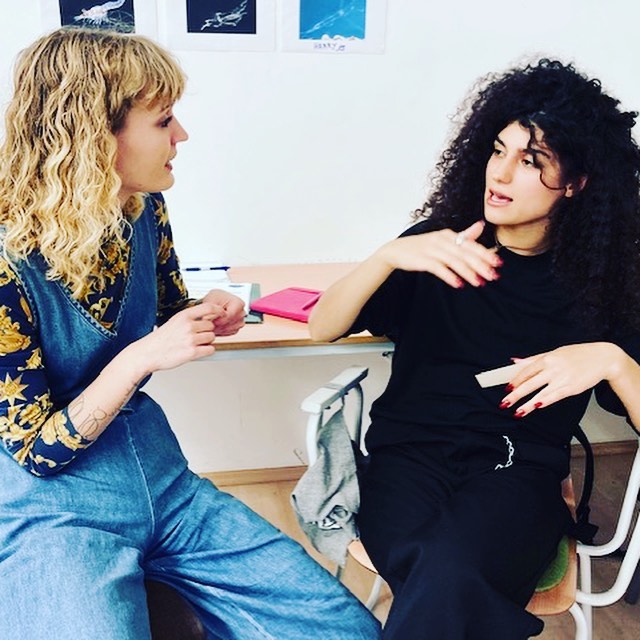
Round 2
- Now that the participants have warmed up, give them a new manilla label and ask them two write down a professional question relating to what your workshop/project is about – e.g. “how do I become better at understanding and going with the children’s perspective ” or “how do I make the project more inclusive so all children are engaged?”
- Everyone puts their questions in a bowl. The participants partner up two and two again with the same partner. Everyone draws a random question from the bowl.
- Question rounds: The participants now have 5 min for each of the two rounds. This time around you read your own question out loud and reflect upon it. This time the other person is allowed reflect with you, and you can discuss the question together.
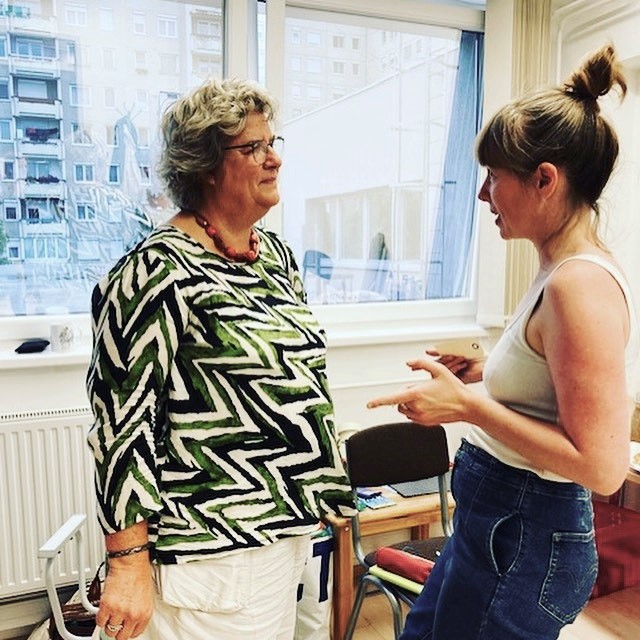
Round 3
Put all your questions up on the cord and hang it in the room. Make time for you to go around and look at all the questions and talk amongst yourselves. Are there any questions which inspire you to ask new questions or makes you wonder? Or maybe one you would like to work on answering? Leave all your questions hanging up on the cord in the room for the rest of your meeting/workshop.
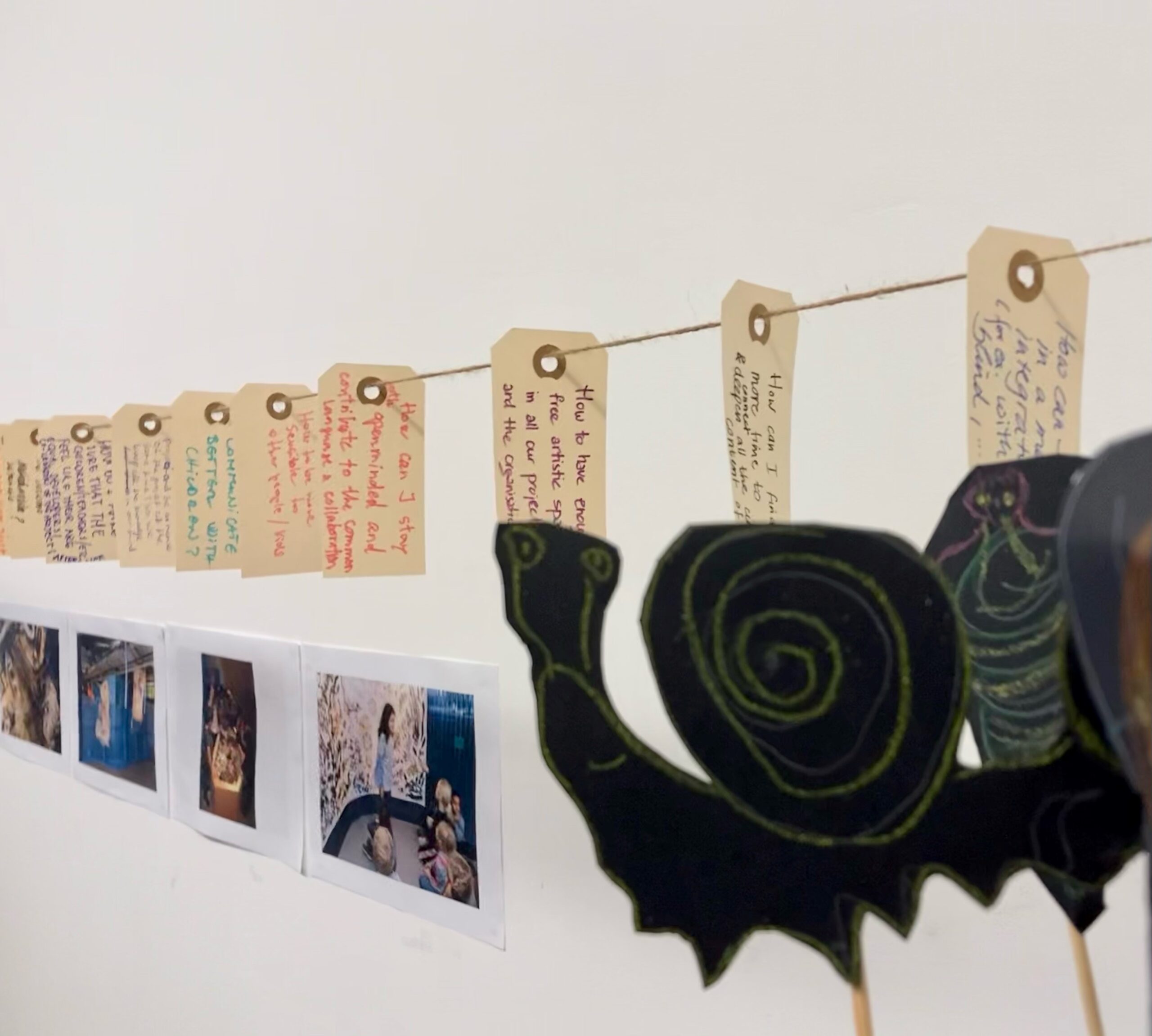

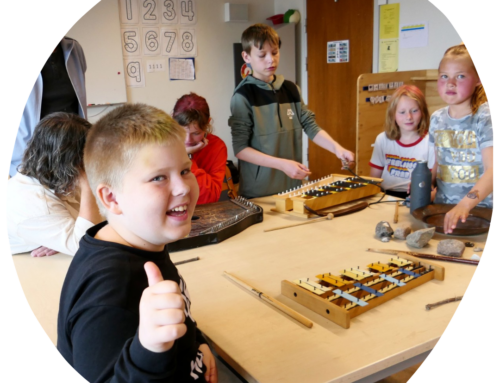
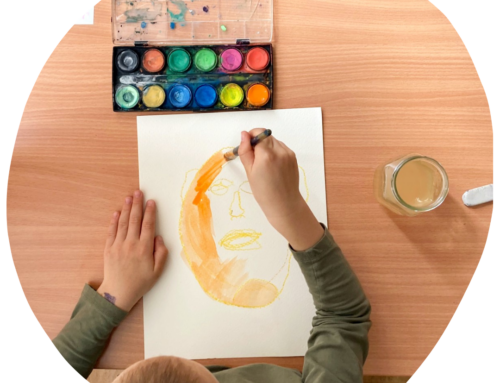
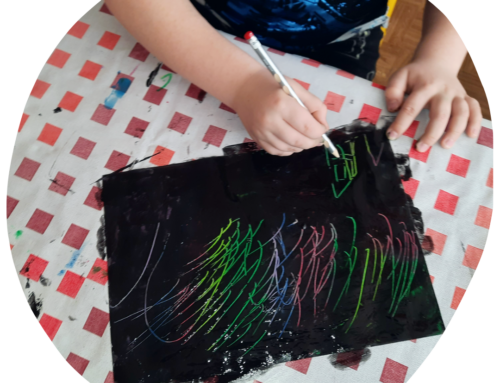
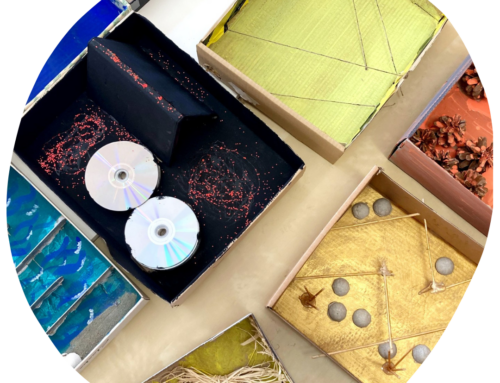
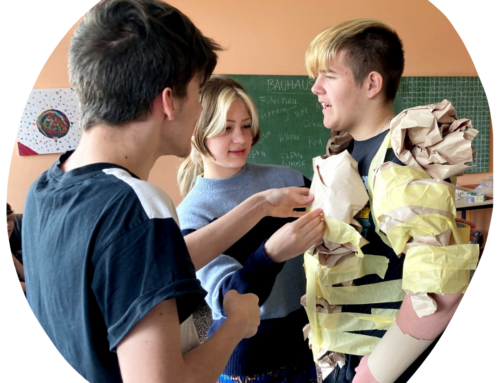
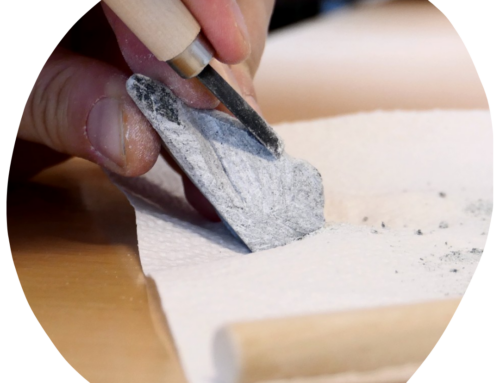
Leave A Comment